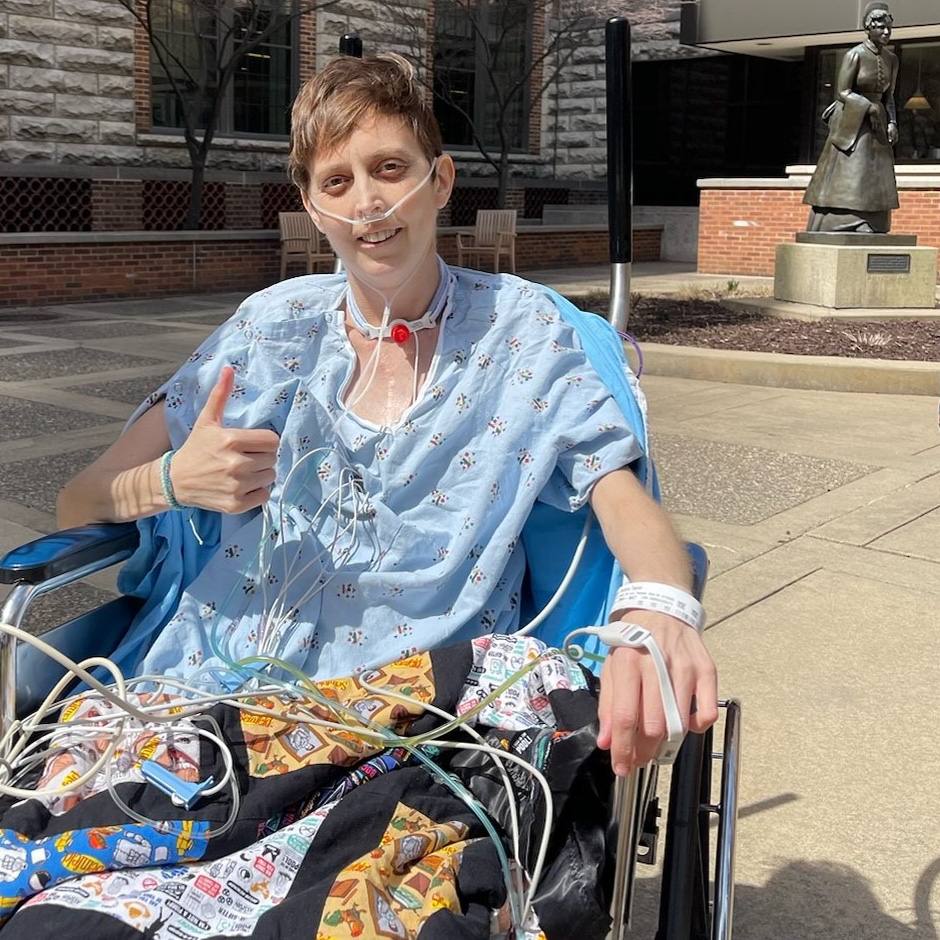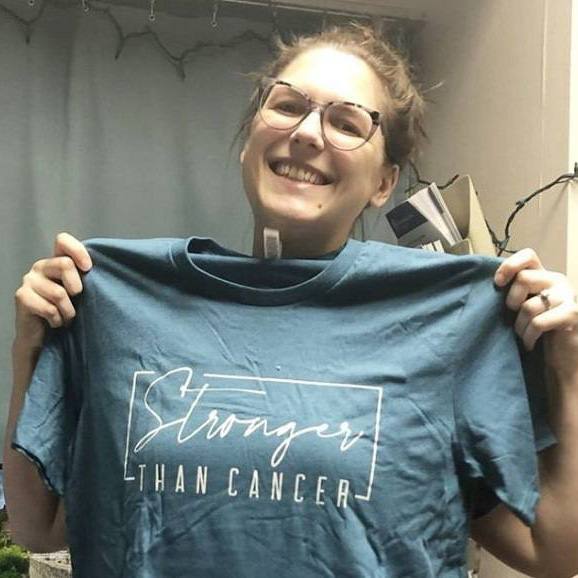-
Sharing Mayo Clinic
Simulation Training: Mastering New Skills in the Medical Profession
We live in an ever-changing world. Whether we are at home or at work, we feel the need to constantly upgrade and learn more.
Gone, for the most part, are the days of televisions without remotes…the ones with a dial and just 13 channels. Now, many people have upgraded to televisions that are capable of receiving hundreds of channels, all of which are viewable without leaving the comfort of the couch.
Gone, too, are the days when the typewriter and mimeograph were daily tools at work. Now, companies have upgraded to computers that can do almost anything and in a fraction of the time. Upgrading of technology has become commonplace and, when it relates to televisions or computers, it almost seems easy.
What if we need to learn new skills at our place of employment? Is that also easy?
To learn something new there are typically a handful of options. We can, for example, attend a class, learn from a CD or DVD, read a book or use the trial and error method. Mastery of the task, however, often comes on the job where we fine tune what we have learned.
When someone in the medical profession needs to learn a new skill, reading a book, watching a DVD or learning by trial and error are not options. In addition, mastery of the skill or procedure is needed before the physician or medical professional uses the new procedure on a patient. For me, it begs the question: how do they learn what they need to know? One exciting way: simulation training.
At Mayo Clinic in Rochester, medical professionals and students have the opportunity to learn and master new skills and procedures through the Mayo Clinic Multidisciplinary Simulation Center (a.k.a, the simulation center).
Simulation training is not new. Organizations from the airline industry to the automotive industry to the U.S. Army have used this technique. For years, NASA flight crews have learned and perfected their skills in simulators. An example of NASA simulation training can be seen in the movie Apollo 13.
Mayo Clinic’s simulation center is a large, state-of-the-art facility. All of the rooms in the simulations center are multipurpose and can be arranged or organized to look exactly like a Mayo Clinic surgical suite, emergency room, intensive care unit or patient room. Even the placement of the equipment is identical to that used to care for patients.
In Mayo Clinic’s simulation center (which is accredited by the American College of Surgeons) instructors teach new techniques as well as simulate real-life medical emergencies. Physicians, surgeons, students and other medical professionals have the opportunity to learn from computer simulations and robotic mannequins that can be programmed to respond the way a real patient might respond. This enables participants to practice and master their skills in a realistic setting without putting real patients at risk.
Having an experience in the simulation center allows participants the opportunity to learn and perfect new skills which ultimately improves patient safety and reduces errors.
Learn More at Mayo’s simulation center Web site.
Related Articles







